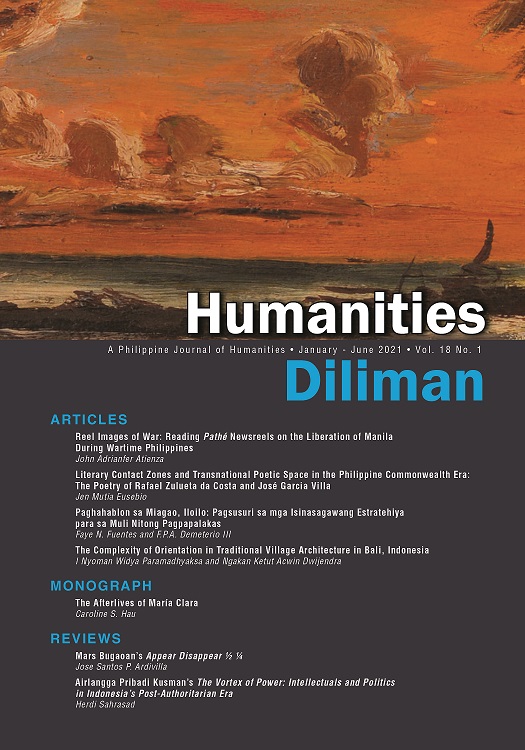The Complexity of Orientation in Traditional Village Architecture in Bali, Indonesia
Abstract
The uniqueness of Balinese architecture has enabled Balinese culture to assert
itself amidst the strong influence of modernization and globalization. The
Balinese people still adhere to the principles of Balinese architecture, cosmology,
topography, and orientation. Recent studies have uncovered how different natural
topographies inform the philosophical understanding of the layout of rural
villages. Bali’s famous settlement layout specifically draws upon the imaginary
line of the Mountain-Sea axis, locally named kaja-kelod. This term is widely
used by the native Balinese, translated kaja for north and kelod for south. When
the first settlements developed, the secondary axis was naturally created, the
so-called kangin-kauh, which refers to the direction of the sun: kangin (east) is
where the sun rises and kauh (west) is where the sun sets. These two imaginary
axes have been implemented in today’s modern designs and have become the
most fundamental concept in town planning and rural and architectural design
in Bali. In addition to exploring the influence of this popular understanding of
traditional Balinese architecture, this research discovered that the philosophical
use of these imaginary axes is more complicated as these not only refer to the
Mountain-Sea axis (kaja-kelod) or sun direction (kangin-kauh). More than 30
layouts of Bali villages categorized as “traditional” were studied utilizing the
hermeneutic approach, framed by cosmology and morphology. The findings are
as follows: (1) the direction of kaja does not necessarily indicate orientation
towards the mountain nor always mean north. For some villages, this term refers
to the orientation towards sacred structures or sites, or main roads; (2) while
kelod commonly means south and the direction towards lower sea level, the
findings show that few villages referred to the term to identify the nearest lake’s
orientation; (3) the direction of kangin-kauh (east-west) does not always refer to
the linear direction of sunrise-sunset because some villages replaced the use of
the east-west axis with the interchangeable “right-left orientation” of the kaja;
and (4) the kaja direction is the most critical direction for most villages in the
study.


